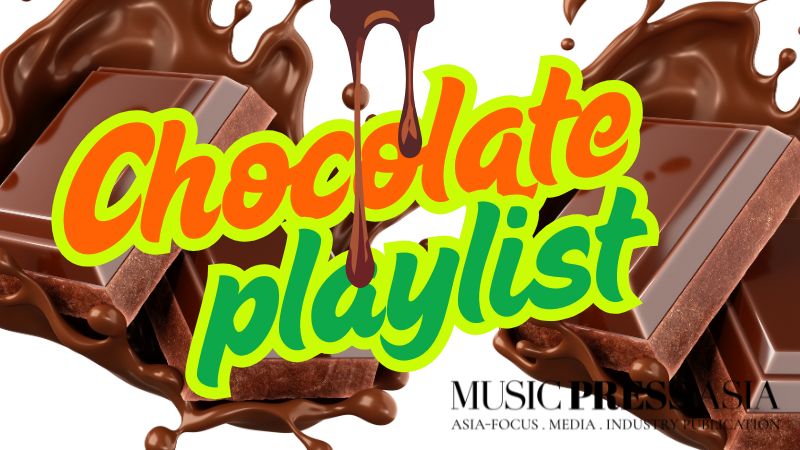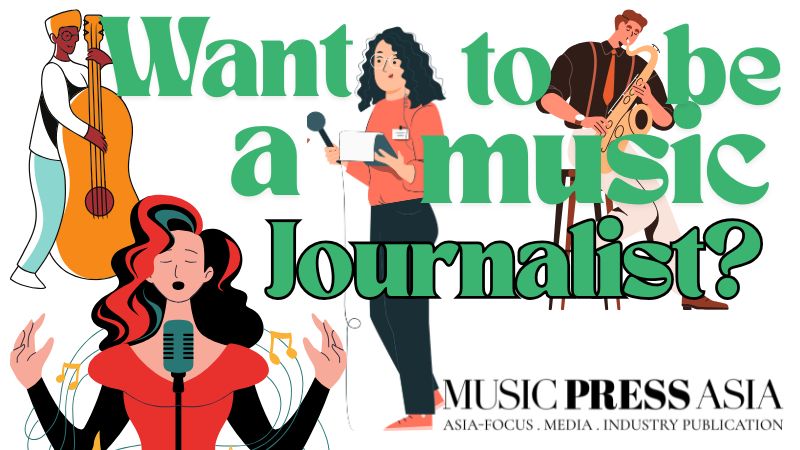How Lo-fi Music a Cultural Phenomenon & Therapy to Gen Z
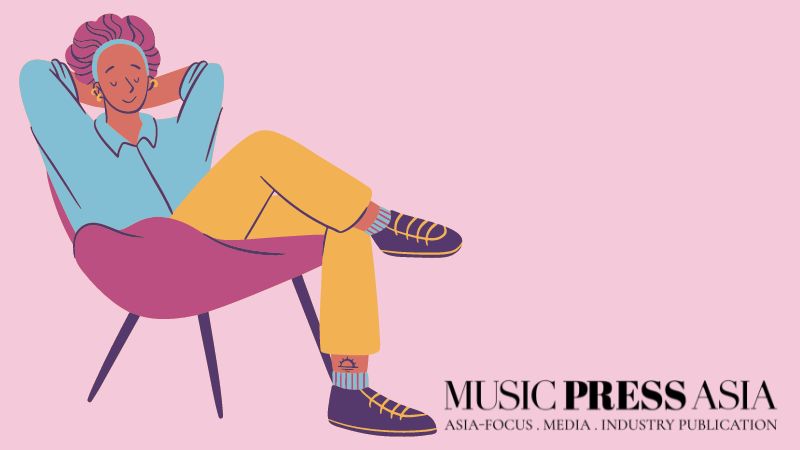
Lo-fi is identified as low-fidelity music or DIY music. Already fast becoming a genre deliberately recorded to magnify its imperfections, it is the low sound quality that stands out.
However, the music genre has become extremely popular in recent years, especially with the Gen Z cohort.
Uncomfortably something a music editor will never want to find in its descriptive quality especially when it comes to music review. But as our music editors quietly embraced this ambient white noise, we began to discover its charm. And while we are on that note regarding charm, it is the crackles and the scratches – the flawed elements – that make it all the more characteristic.
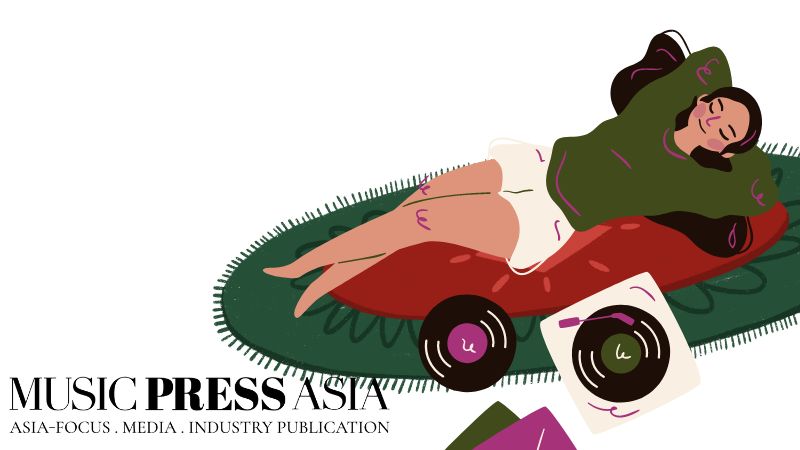
The most prominent form of distortion in lo-fi aesthetics is harmonic distortion, which can occur when an audio signal is amplified beyond the dynamic range of a device. However, this effect is not usually considered to be an imperfection.
These untreated and ‘dirty’ elements, considered unpolished in any music production stage, have been accompanying listeners and become well-liked even more since the pandemic began in 2020.

Found in many genres including rock, rap, hip hop, jazz and more, Lo-fi music often has a nostalgic or relaxing vibe, and some people like to listen to it while studying, working, or chilling. What we soon discovered is a rich lofi music library.
“I’m so into this vibe. Its circulatory rhythms provide the calm I needed when I was in lockdown. The music and its accompanying effect avail me, in other words, turn off the still and unsatisfactory time I had dealing with so much self. Thus, allowing myself time off to focus while studying or chilling,” said Andrew Teo, a sound engineer.
Beginnings of Lo-fi
The term “lo-fi” has been around for as long as its opposite, “high fidelity”, but it was not widely used until 1986, when WFMU radio host William Berger popularised it. Since the 1980s, “lo-fi” has been associated with various things, such as homemade tapes, punk DIY spirit, raw sounds, outsider music, realness, slacker/Gen X culture, and nostalgia.
Beginning with the Beach Boys, R. Stevie Moore, Paul McCartney, Todd Rundgren, Peter Ivers, Jandek, Sebadoh, Beck and Ariel Pink in the early 1990s. By the end of the 1980s, qualities such as “home-recorded”, “technically primitive”, and “inexpensive equipment” were commonly associated with the “lo-fi” label.
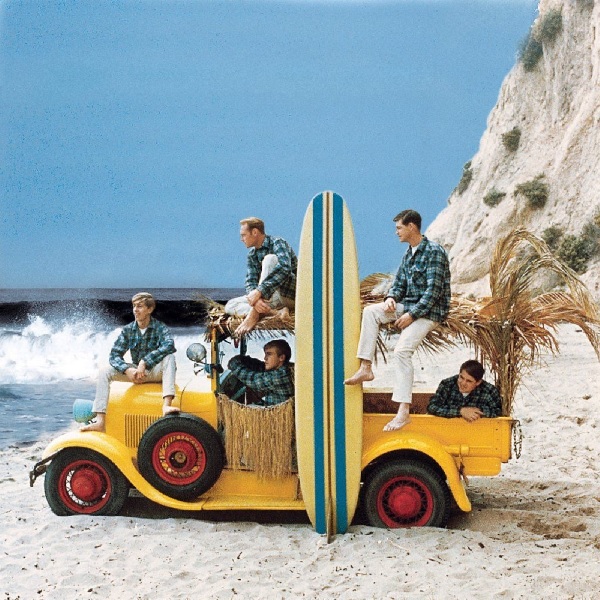
Consequently, in 2003, the Oxford Dictionary added a second definition for the term—”a genre of rock music characterized by minimal production, giving a raw and unsophisticated sound”. Or rather, it is basically primitivism in technicality coupled with brilliance.
Bedroom Music vs. Perfection
The idea of “bedroom” musicians grew more common with the development of modern digital audio tools, leading to the creation of another similar term, bedroom pop.
Recently, it is also defined as a genre of home-recorded music with a “dreamy, introspective and intimate” sound, which spans across indie, pop, R&B and emo.

Godfather’s of Lo-fi
The “lo-fi” tag also extended to acts such as the Mountain Goats, Nothing Painted Blue, Chris Knox, Alastair Galbraith, and Lou Barlow.
Pink was frequently referred to as the “godfather” of hypnagogic, chillwave or glo-fi as new acts that were associated with him (aesthetically, personally, geographically, or professionally) attracted notice from critics.

From the late 1990s to 2000s, “lo-fi” was absorbed into regular indie discourse, where it mostly lost its connotations as an indie rock subcategory evoking “the slacker generation”, “looseness”, or “self-consciousness”.
In the late 2000s, lo-fi sounds influenced the emergence of chillwave and hypnagogic pop music styles.
What is Lo-fi Culture?
Lo-fi is no longer just about music. Already a distinctive type of ‘fan art’, software developers are now uploading their own art projects and lo-fi inspirations on GitHub and Product Hunt. Lo-fi memes accompanied by low fine-tuning music have amassed a great following. And images with muted tones that evoke nostalgia and tranquility are now filed under ‘lo-fi aesthetics’.
Perhaps one of Lo-fi’s longest running community, Lofi Girl – formerly known as ChilledCow with over 13 million subscribers – has anywhere between 10,000 and 15,000 listeners viewing its live sessions. Its humble beginnings continue to be a trendsetter in today’s global music scene. Launched recently, Lofi Boy is its latest digital influencer.
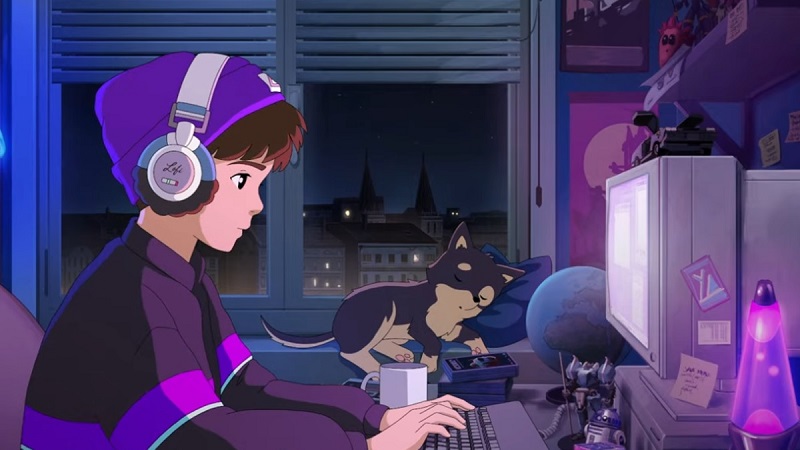
The channel covers a GIF originally created by Colombian artist Juan Pablo Machado. Today, you can even join its art club by submitting your very own artistic creation, a version of Lofi Girl. Throughout its existence, Lofi Girl has also been used as a means of political expression through memes.
Emerging as a sub-genre of slowed and reverb songs, Lofi fans are slowing down song tempos and adding audio reverb effects to produce their favourite tunes. While the original version of Pasoori (Coke Studio) has gained over 44 million Spotify streams and 115 million YouTube views, its lo-fi version is just as popular on Instagram reels.
Lo-fi & Gen Zers
Lofi music began its expansion across all age groups resonating especially with teenage communities looking for a way to relax, gain support and deal with school work.
Lo-fi music resonates with people who have struggled to focus on studying or working from home while dealing with multiple anxieties during the last two years.
“I was incredibly stressed out when the lockdowns began. With classes at the university temporarily halted, it was a drastic move to switch classes to my rented room and be alone almost 24/7. Without lo-fi to accompany my days, it would have been difficult,” said Lila Zu, a university student.
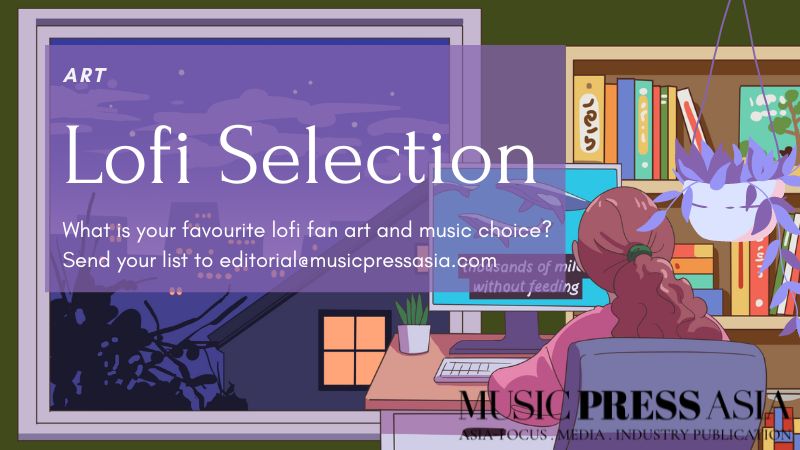
Today, “lo-fi songs enter our top charts regularly,” says Rahul Balyan, head of music at Spotify India. “Gen Zers stream lo-fi the most among all Spotify users in the country,” he adds. Further, India is among the top few countries, along with the US and Denmark, where lo-fi is a popular genre on Spotify, shares Balyan.
Undeniably, lo-fi has in many ways provided therapeutic effects to many who are searching for a peaceful zone in an unruly digital and physical environment. It is a standalone genre not in competition with any mainstream genre. Its purpose isn’t to entertain, but a respite from the challenges the youths are facing.
Do you have a favorite lofi artist? Tell us more at editorial@musicpressasia.com

